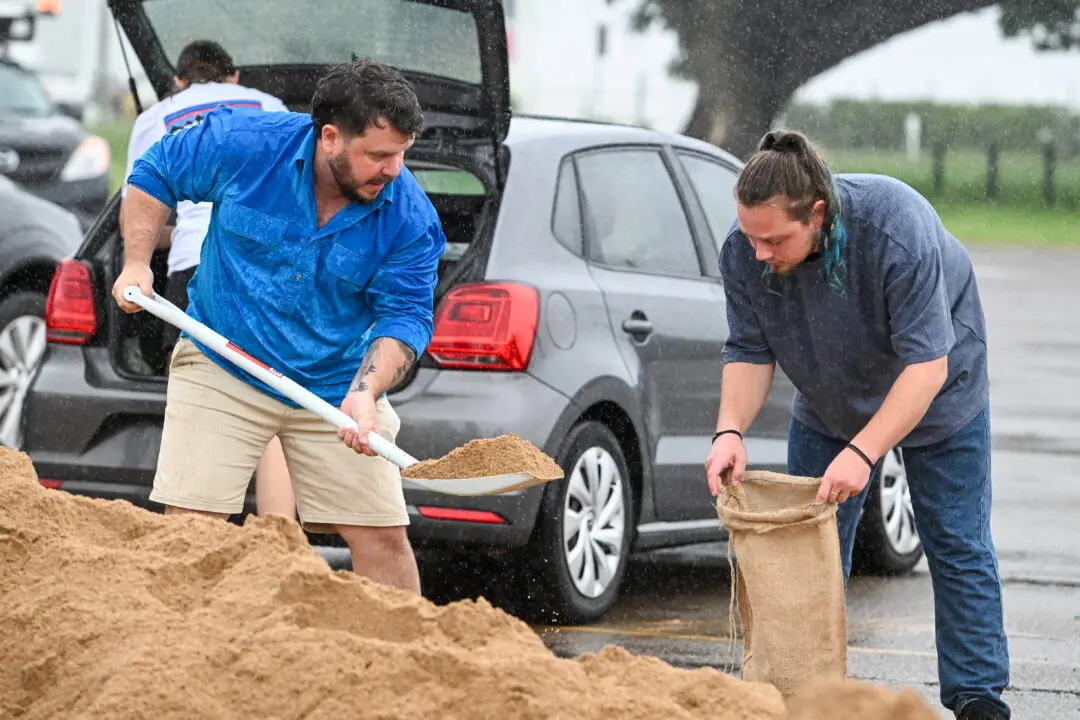A court battle over billions in iron ore riches is underway as Australia’s richest person Gina Rinehart defends her fortune amid a bitter legal dispute over her father’s legacy.
Ms. Rinehart’s two eldest children and former business partners of her late father, mining pioneer Lang Hancock, are fighting for multibillion-dollar stakes in a lucrative iron ore project that’s half owned by Rio Tinto.





